7 Russian dishes for religious holidays
Many foreigners describe Russian cuisine as simple due to its seemingly limited range of products and lack of sophisticated sauces and spices. That said, the festive dishes that fasters partake of on religious holidays are quite intricate. And are made and enjoyed by non-fasters and non-church-goers too.
1. Kutia
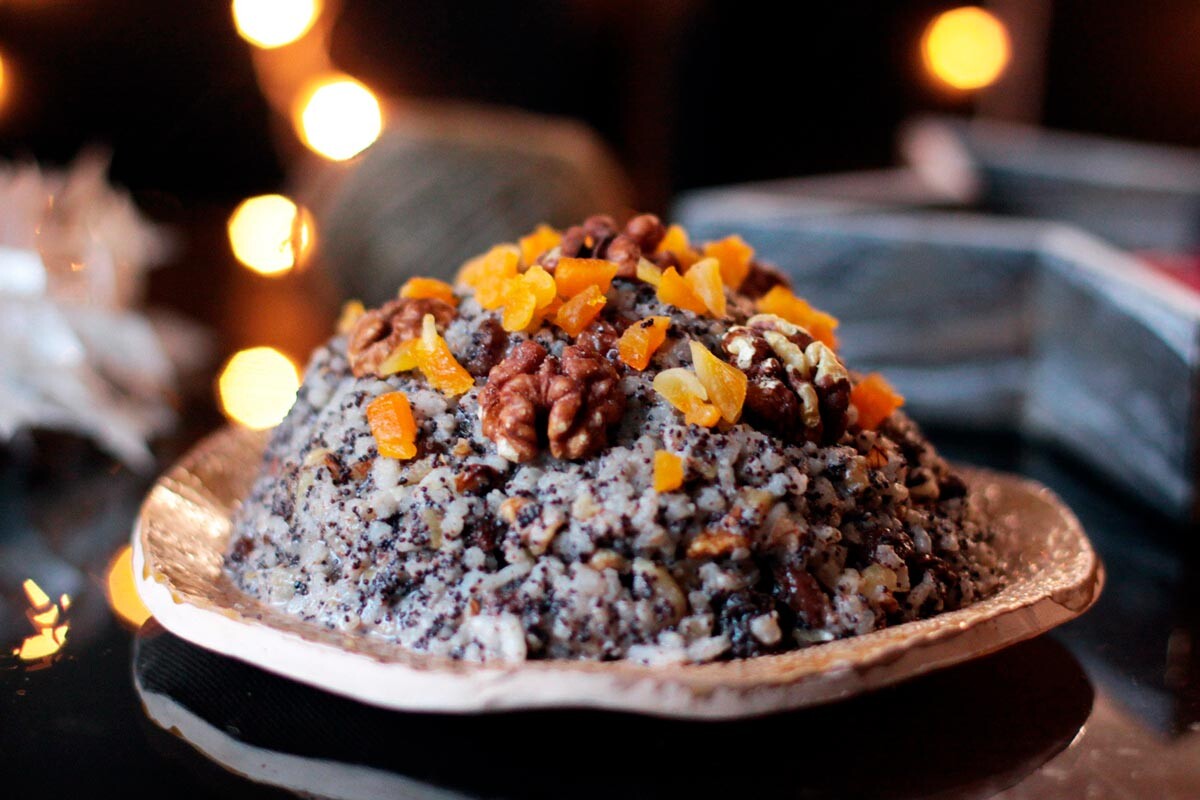
The tradition of cooking kutia dates back to pagan times. Associated with funerals and wakes, it was called “the food of dead ancestors.” Today, even non-strict Christians prepare kutia for funeral receptions. It was also the custom to make “baptismal kutia” – when the baby would be presented to family and guests. It was cooked in milk and cream, with copious amounts of butter. Orthodox believers prepare kutia (also called sochivo) on Christmas Eve (Jan. 6) and on Epiphany (Jan. 19). Kutia is a porridge made from whole grains of wheat, barley, millet or rice. Honey, nuts, dried fruits, poppy seeds are added to taste.
2. Kozuli

A type of gingerbread baked in the Arkhangelsk and Murmansk regions for Christmas. Kozuli means “little snake” in one of the languages of the Russian Far North. It is baked from rye dough in the shape of goats, rams and cows, which symbolize the animals in the stable at the birth of Jesus. The tradition also passed to the Urals, where inhabitants bake reindeer- and angel-shaped kozuli and use them as Christmas tree decorations.
3. Bliny
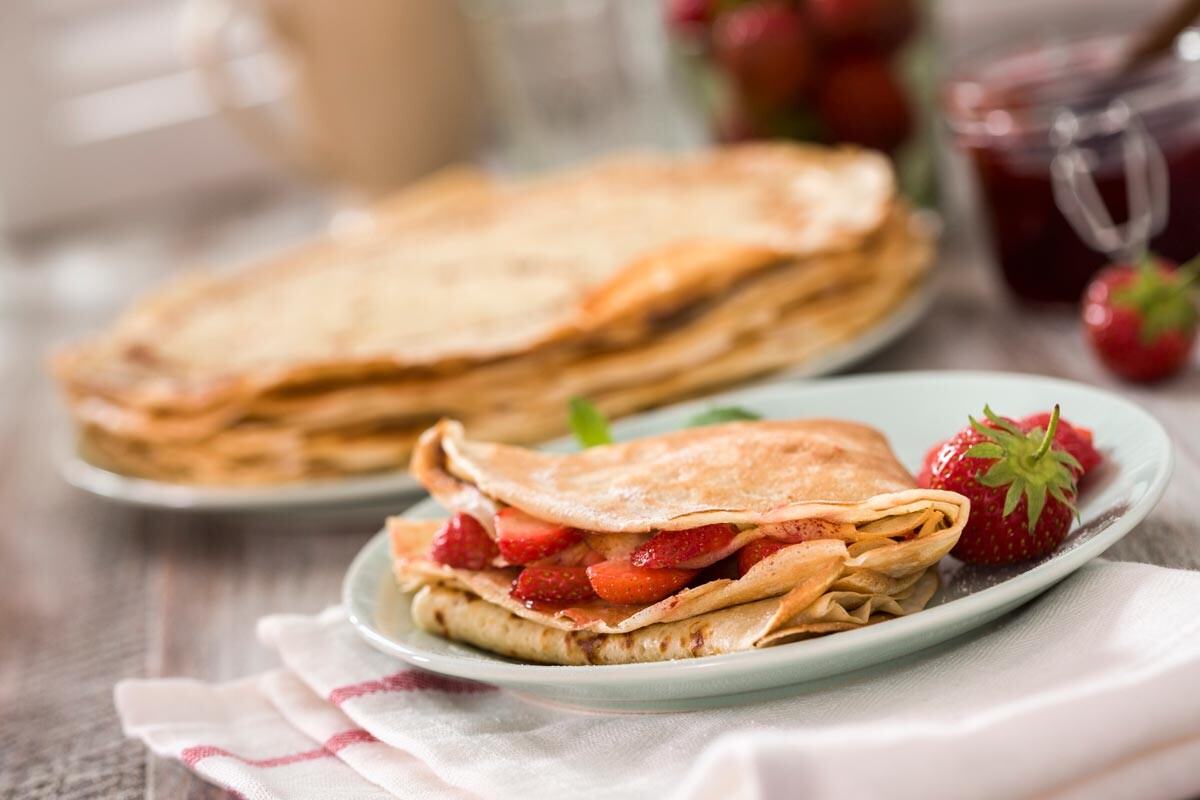
Bliny (pancakes) in Russia are baked during Maslenitsa (Shrovetide), the week before Lent, also called Cheesefare or Meat-Fast Week. On these seven days, meat is forbidden, but you can still eat the products that go into making pancakes (eggs, milk). The tradition of Maslenitsa stems from paganism, one that survived the adoption of Christianity. Bliny are always cooked in large quantities and with different fillings. According to custom, the first pancake was placed on the windowsill or given to the poor for them to commemorate the dead. Each day of Maslenitsa has its own name: for example, Friday is “mother-in-law evening,” when the good son-in-law eats pancakes with his mother-in-law; Saturday is “sister-in-law get-together”; and Sunday is “forgiveness Sunday,” when it is customary to ask for forgiveness and burn a straw effigy that personifies the departing winter. Today, Maslenitsa is celebrated and bliny are consumed by all, regardless of belief.
4. Kulich
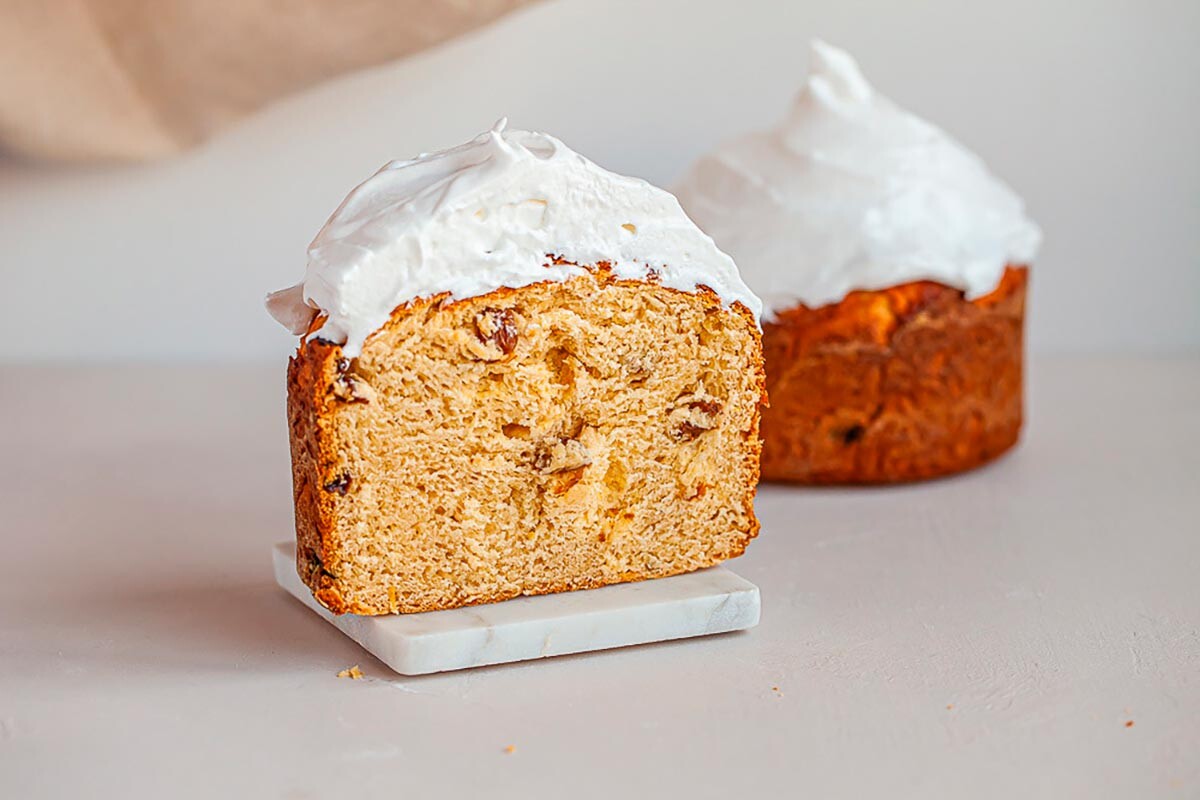
This round, tall, cylindrical bread is baked by Orthodox Christians for Easter. Raisins, nuts, spices (vanilla, cardamom, nutmeg) are added to the dough, which is topped with icing or powdered sugar. Kulich, like paskha (curd cake) and painted eggs, is traditionally consecrated on the Saturday before Easter Sunday. Kulich is considered the domestic counterpart of artos, a loaf of leavened bread that is blessed during services in Orthodox churches and monasteries, and distributed to believers. Orthodox believe that the apostles left such bread to Christ after the Resurrection.
5. Paskha
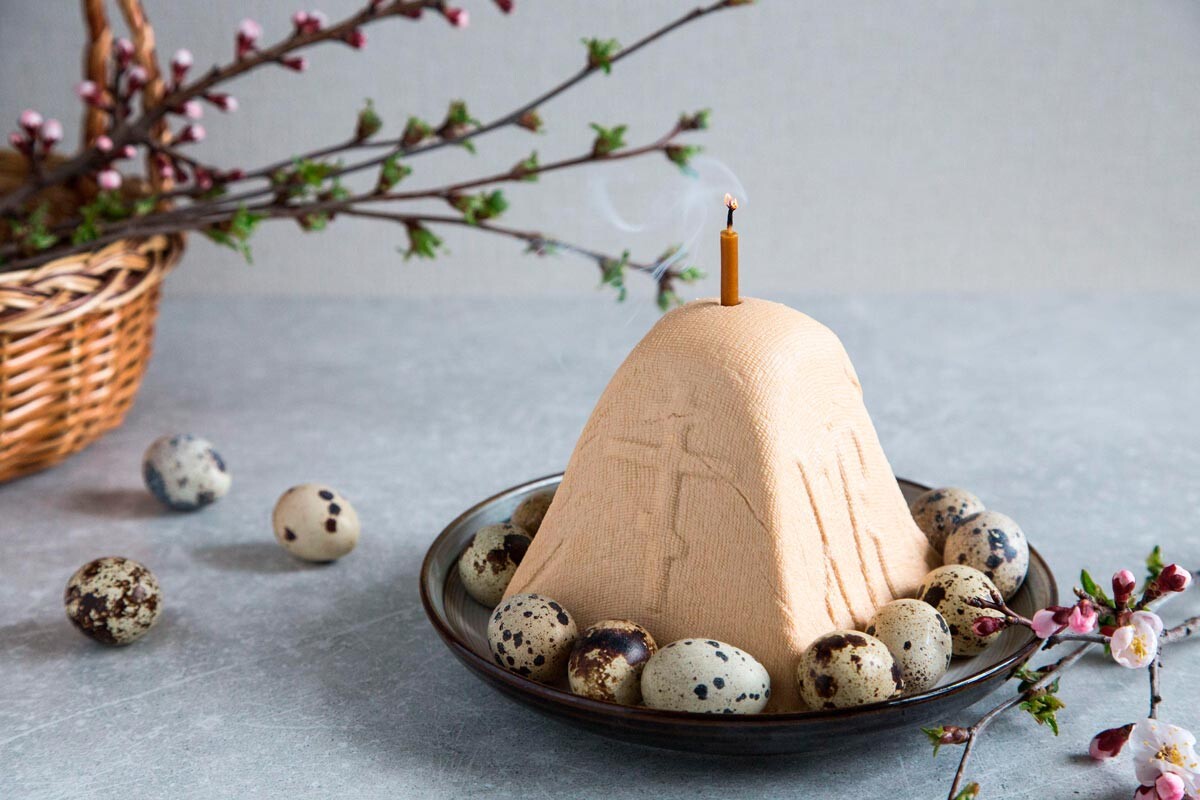
As mentioned above, this is a curd dish in the form of a truncated pyramid, which symbolizes the Holy Sepulcher. Besides curd, it consists of butter, cream or smetana, raisins and nuts. Paskha (meaning "Easter" in Russian) is common in Russia’s northern and central regions.
6. Painted eggs

An obligatory Easter ritual in Russia is to paint eggs and to hold “egg fights” to determine the strongest – the winner gets to keep the loser’s (albeit cracked) egg. A hard-boiled and painted egg symbolizes rebirth; red dye on the egg means that believers are redeemed by the blood of Jesus Christ. The most common coloring method is with onion peel. Eggs used to be beautifully hand-painted, but these days ready-made food dyes and stickers are often used.
7. Apple pie
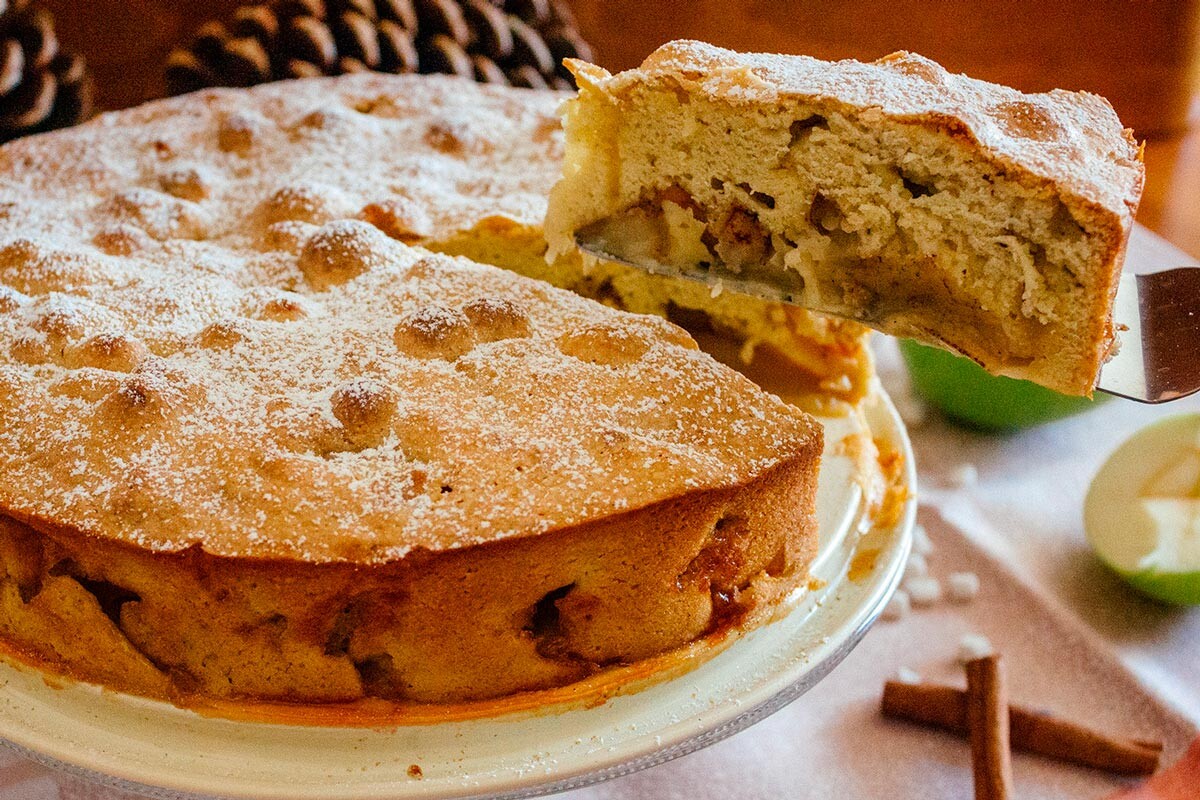
On Aug. 19, the Orthodox Church celebrates one of the 12 main Orthodox holidays: the Feast of the Transfiguration. The Russian folk name for this holiday is Yablochny spas (“Apple salvation”) – the word spas comes from Spasitel, Russian for “Savior.” It was a harvest festival, which commenced as soon as apples became edible. On this day, apples, honey and ears of corn were consecrated in the church. People baked apple pies, which they treated friends and family with.
READ MORE: 10 VERY beautiful Easter desserts from Russia (PHOTOS)
If using any of Russia Beyond's content, partly or in full, always provide an active hyperlink to the original material.
Subscribe
to our newsletter!
Get the week's best stories straight to your inbox